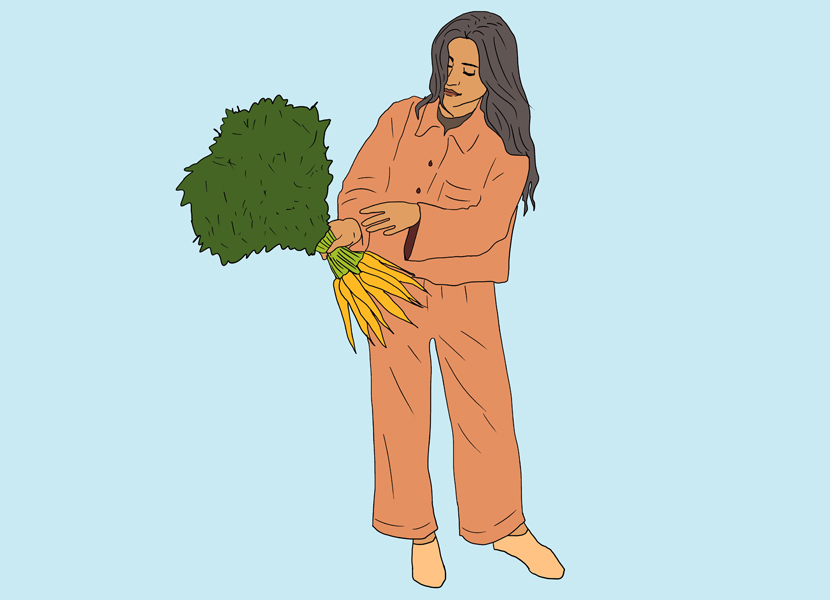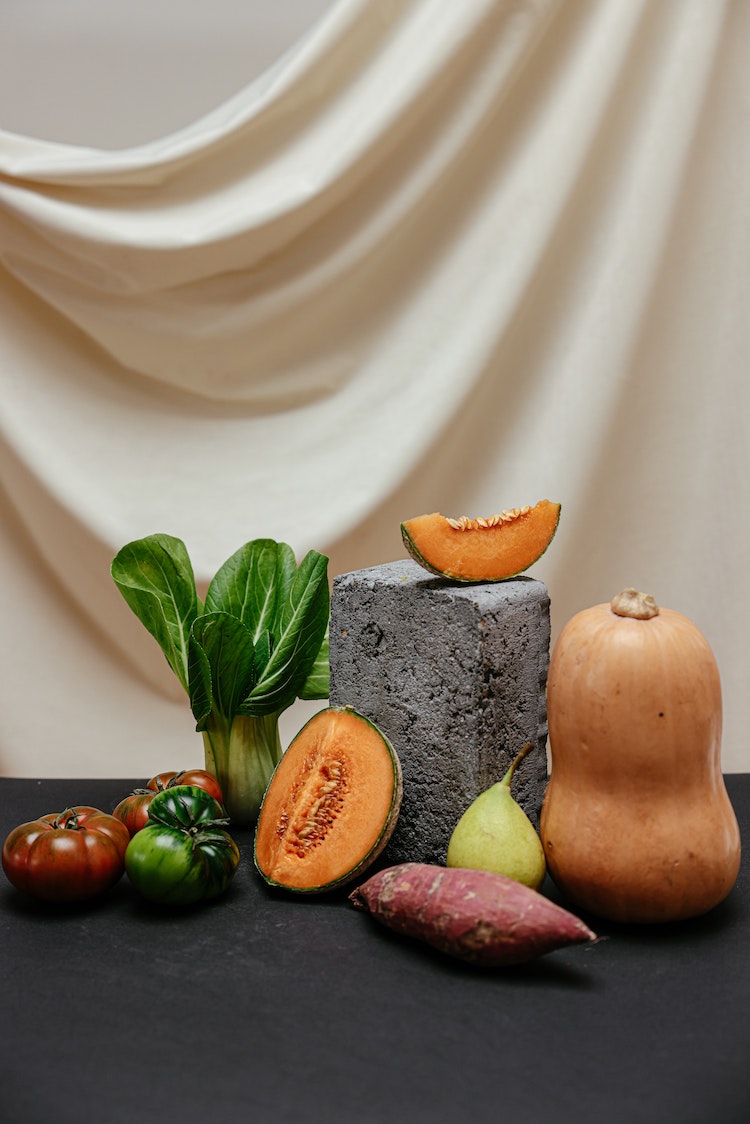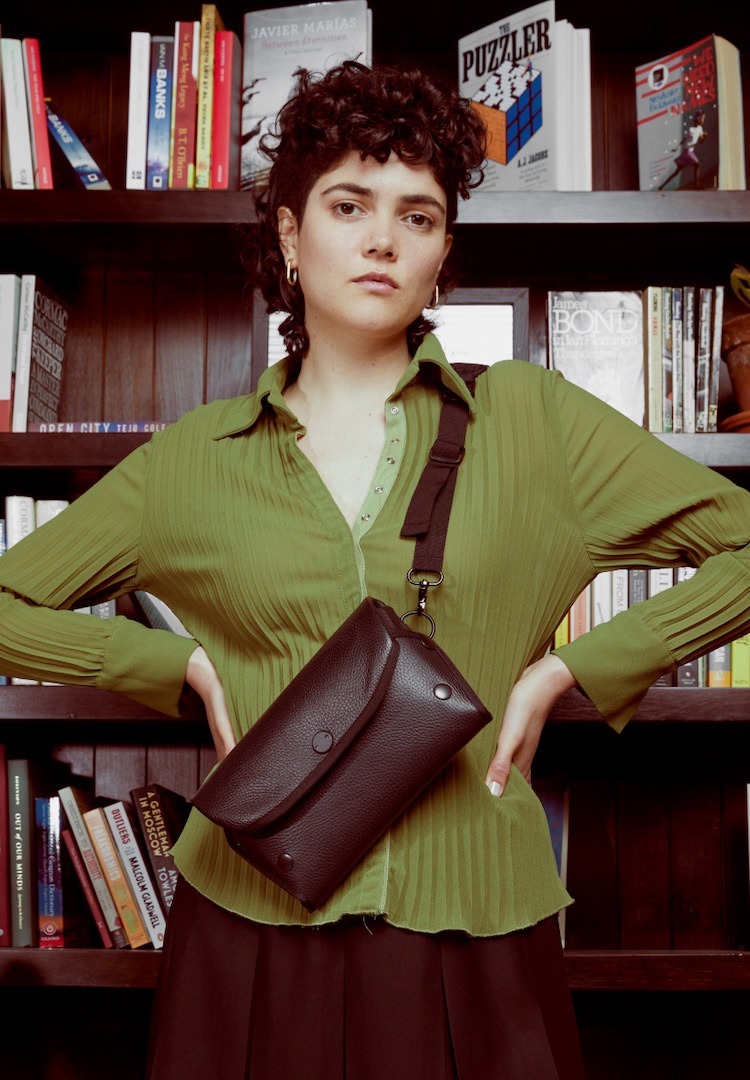How to navigate the bulk food store, the more conscious way to grocery shop
Images by Twylamae
Words by Hannah Cole
Conscious consumption.
I reached peak adulthood when grocery shopping became less of a weekly chore and more of a culinary adventure. I may be certifiably boring now, but in the era of bad news, I’ll take my joy where I can get it.
I’m not talking about a regular grocery store, though. IGA leaves a lot to the imagination, and the high-voltage fluorescent light in Woolworths is the cause of near-mental-breakdowns. My purest source of joy comes by way of the bulk food store; a zero-waste location where you bring your own containers and fill up to the amount necessary.
Evidently, I’m not the only one to embrace the phenomena of package-free shopping. The Source Bulk Foods now has over 50 stores around Australia, promoting the zero-waste movement and healthy eating. It’s a one-stop-shop for all your pantry needs: oils, honey, flour, nuts, spices, and more. Even your bathroom and laundry necessities are covered with an assortment of washes, powders and soaps.
The selling point of these stores is their commitment to the planet – food waste is currently a major issue. According to FoodWise, Australians discard up to 20% of their purchased food (this doesn’t include the 20-40% of produce that gets rejected before it hits the shelves).
Bulk food stores provide an alternative to this excess. By only purchasing the quantity you require, there is automatically less food waste and no extra packaging. Most of the time, you can even grind your own peanut butter. Due to being stored in bulk, the loose food lacks pre-portioned packaging and means the ingredients are less processed and contain fewer additives.
It can be intimidating to alter your grocery shopping routine and step into a store that operates with a completely different ethos. To help ease the conversion, I enlisted Michelle Sawyer from my local bulk food store to share her tips for conscious consumption.
Plan ahead
As Michelle so wisely noted, “Budget shopping is not about buying the cheapest.” Instead, it’s buying what you actually need. The easiest way to ensure this is to plan. Michelle recommends writing down items along with the weights required, so you don’t end up over-supplying. All too often, store-bought spices are used for one recipe and then tossed years later with the surface hardly scratched. Buy a tablespoon at a time, if you have to, and make the freshness last.
Bring your own jars
The cheapest way to store your purchases and promote zero-waste is to bring your own jars. Swipe them from the recycling bin, give them a decent wash, and they are ready to be filled. In my experience, Moccona’s jars are the sturdiest. Once in-store, simply take your jar to the counter to have it weighed, then go nuts. Literally. Alternatively, a good bulk food store should have all your vessel needs sorted. Measuring cups, spoons, scales and an assortment of jars will most likely be available on-site.
Get the right stationery
“A great trick is to buy a liquid chalk pen from your local stationery shop,” recommends Michelle. This is the easiest way to clearly label contents and assign a use-by date before slotting it away in the pantry. Otherwise, you’ll have almost no hope determining the coconut flour from the plain flour. Once it’s used up, wipe off the label with a little water and prepare for re-use.
Keep pantry essentials replenished
Eating at home can be a bland affair without the right ingredients on hand, and no one wants to do a top-up trip every day. So, I had Michelle recommend her top five ingredients to keep on hand at all times:
Turmeric: Known for its natural health benefits (it is anti-inflammatory and an antioxidant), “add turmeric to smoothies, salad dressings, soups, stews, and anything really.” Always add a pinch of pepper to ensure the curcumin (the medicinal compound in turmeric) is activated.
Macadamia Oil: It doesn’t have an overpowering taste, so use it for hot-frying.
Quinoa: A great gluten-free option, suitable in muesli, as a rice alternative, or to bulk up a salad.
Oats: “They can be used in everything from breakfast to baking, stews and soups.”
Tamari: This gluten-free soy sauce “adds a rich saltiness to any dish.”
The best thing about bulk-food stores is that everyone there shares a similar food philosophy about eating and shopping sustainably. This means you are invariably surrounded by helpful and friendly people, which makes the experience even more desirable.










